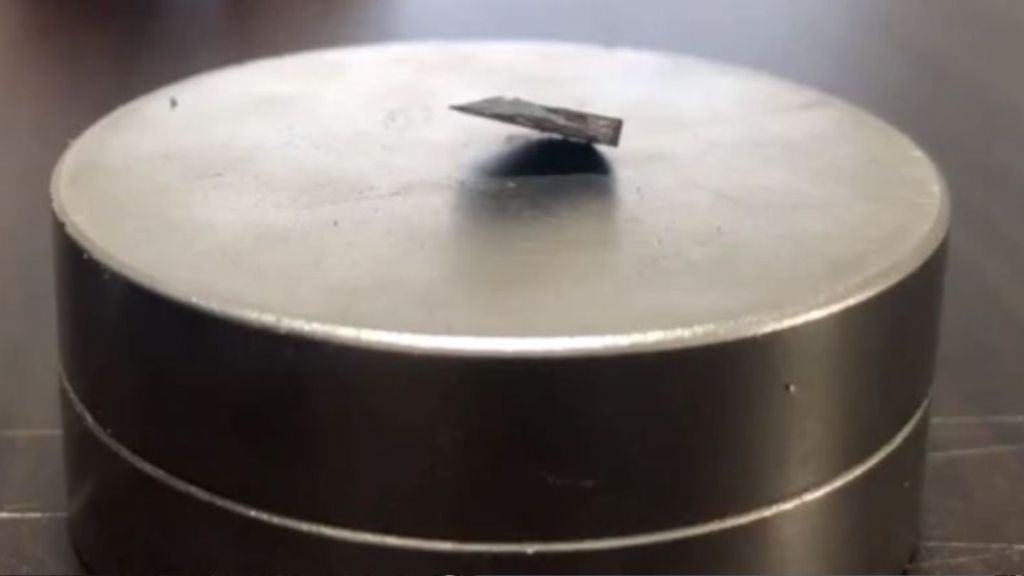Video game graphics are so good these days it’s hard to imagine they could improve. Can anything look better than raytraced lighting generating the reflection of a house fire in a puddle of water in Battlefield V? Can visuals get better than a shaft of light illuminating dust particles in an abandoned warehouse in Metro Exodus? Those games are beautiful, yes, but none of them have dynamic fracture animation for bread.
Just look at this CGI bread:
Videos by VICE
I wanted to eat that computer generated bread so bad that I had to make some toast before sitting down to write this. The tech behind that bread is CD-MPM, or continuum damage material point methods for dynamic fracture animation. It’s a new method of animating dynamic fracture and it’s the product of hard work from a team out of the University of Pennsylvania.
The team developed CD-MPM as a whole new way to model fractures of every kind—everything from breaking bread to wrecking a car. “Dynamic fracture is ubiquitous to everyday life, but the mechanics underlying these intricate material changes are anything but simple,” they said in their research paper.
That’s cool… but check out at how good they made this cookie look!
The team will present its research on fancy fracturing at SIGGRAPH 2019—an annual computer graphics conference in California. This year, several of the presentations are using food to demonstrate their tech. Which looks delicious. An adaptive variational finite difference framework for efficient symmetric octree viscosity (this white paper is not yet online) allows programmers to realistically melt chocolate bunnies. An implicit material point method for simulating non-equilibrated viscoelastic and elastoplastic solids sounds complicated but looks amazing when you see it simulating melted ice cream spreading across a bowl of cherries. These are amazingly complicated computer science papers that are often hard for the layperson to understand but the result is incredible looking CGI.
It all looks delicious and it all points to an era of game changing video game food.
Ignis whipped up some amazing dishes in Final Fantasy XV. The palicos grilled feasts fit for a warrior in Monster Hunter World. All that food looked incredible, but you could always tell it was fake, a computer simulation. SIGGRAPH 2019 and the researchers presenting there hint at a future where the simulated food will soon be indistinguishable from what we can generate with computers.
We are not ready.
Also, they can use the same method to realistically tear the limbs off of a gel armadillo.




